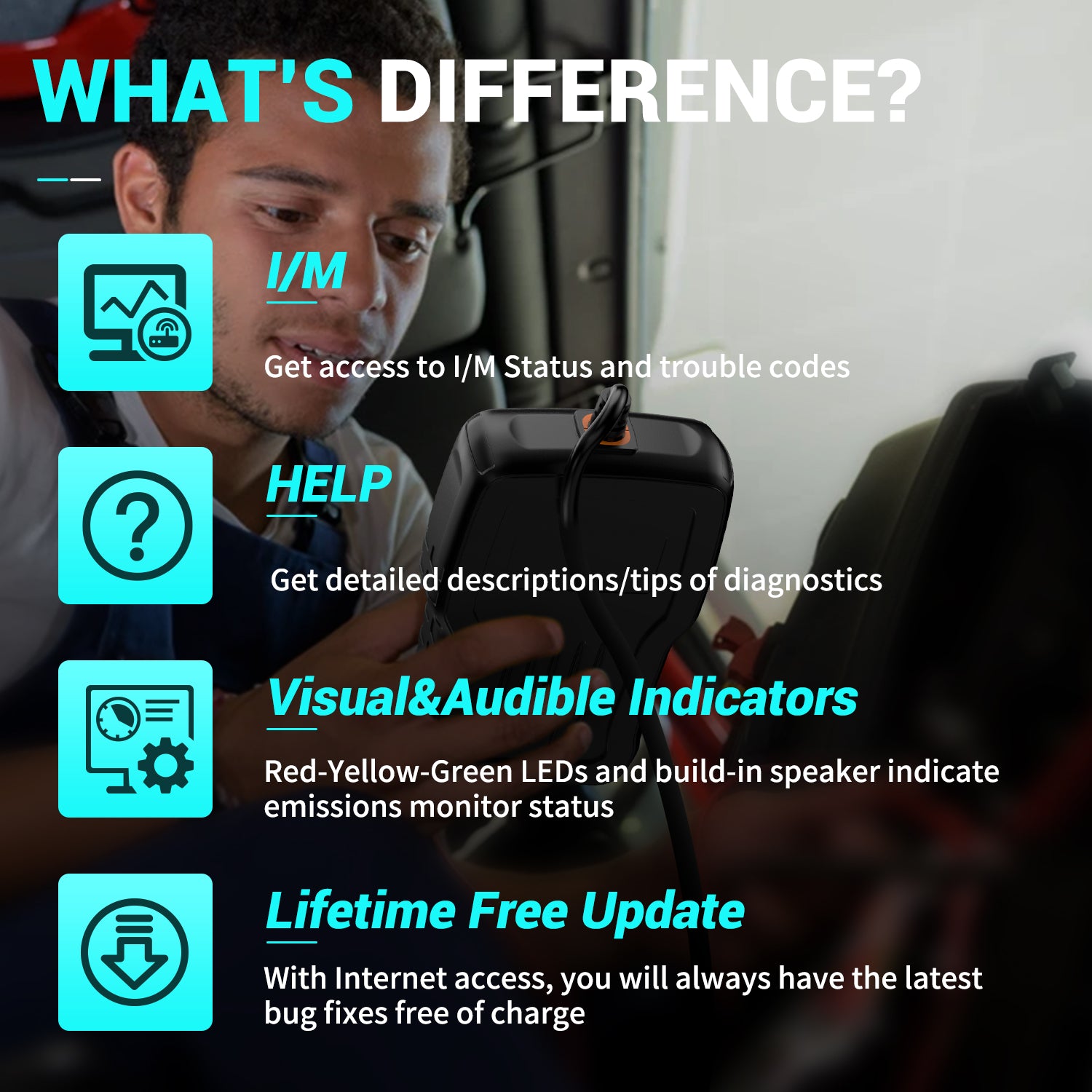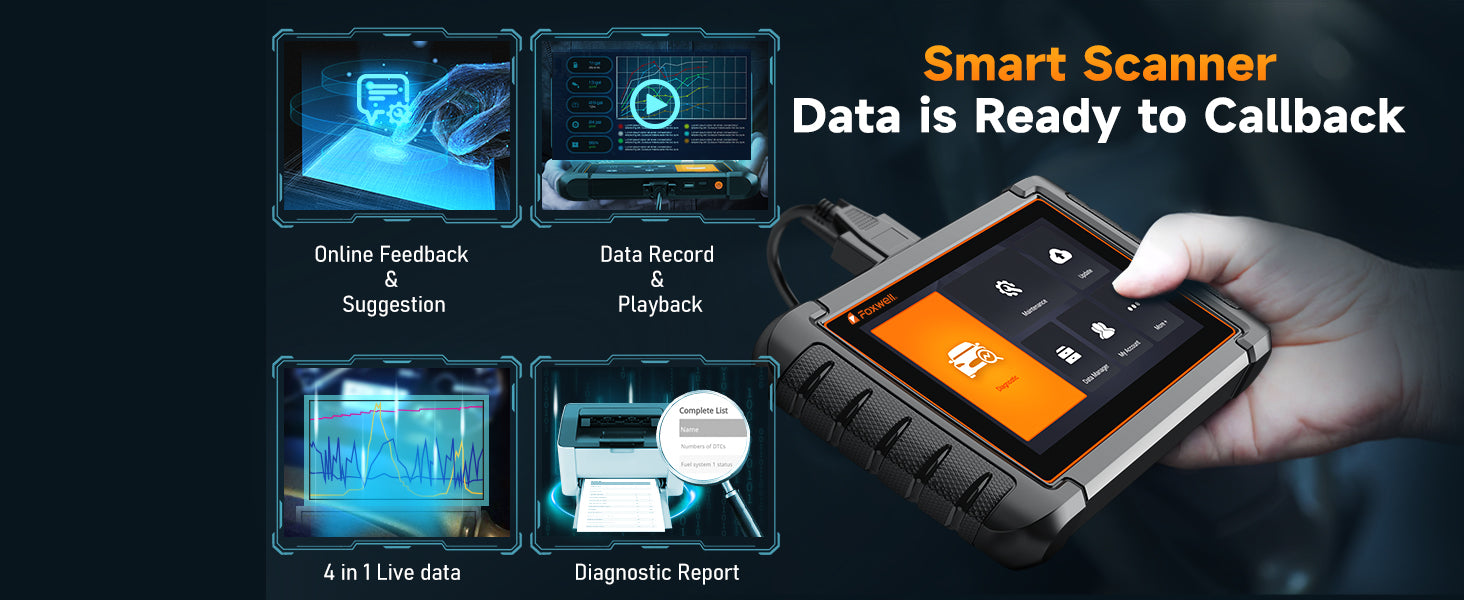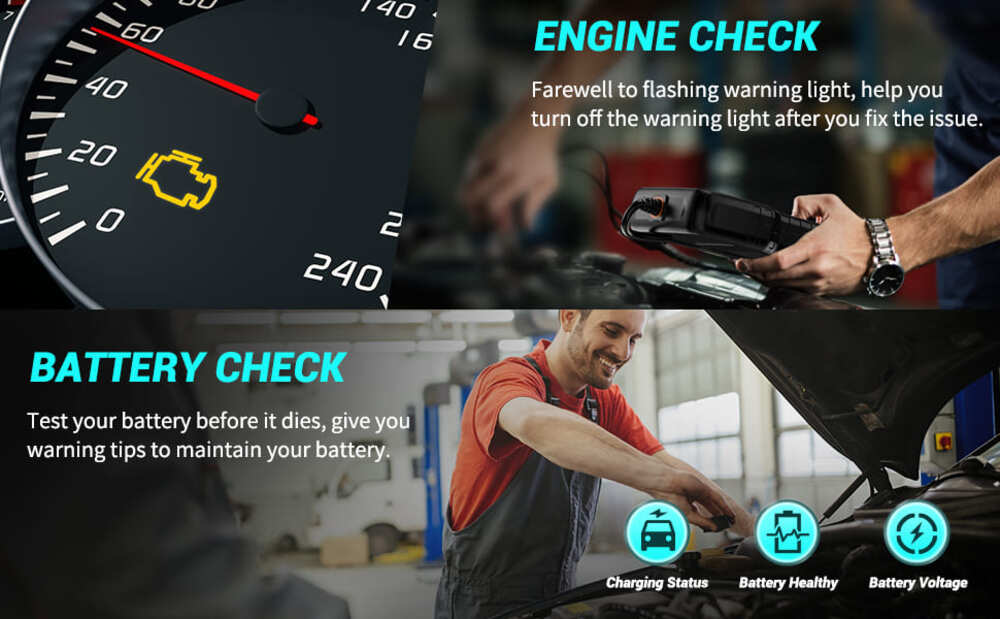The electrical system inside the vehicle is similar to the brain of the human body. It is responsible for all aspects of a vehicle's operation, from ignition to fuel system to sensors and the features that provide comfort to the car.
The system includes the alternator, battery, starter, battery, and a complex set of sensors and wires. A vehicle's electrical system is the most important element in its operation.
As cars have developed, so have the complex electrical systems they use, which now incorporate advanced infotainment systems, digital fuel injection, and automated driver aids. All of these are heavily dependent on electricity as well as precise communication.

Overview of Vehicle Electrical Systems
The core of any car's electrical system lies in the battery, which supplies the energy needed to power the engine and power the vehicle's electronic systems when the engine is not running
.After the engine has started, the alternator can function as the primary power source and generate energy to charge the battery and power other systems in the vehicle.
The starter, using the battery's power, starts cranking the engine to start the combustion process required for the engine's operation.
Beyond these basic components, an array of electronic controllers and sensors (ECUs) control all aspects of engine operation, from timing to airbag deployment to managing brake systems and climate control.
Importance of Diagnosing Electrical Issues Promptly
Identifying electrical problems promptly in vehicles is essential for several reasons.In the first place, electrical issues could cause problems with the reliability and performance of the automobile.
For instance, a damaged alternator could cause poor battery charge, which could cause the vehicle to unexpectedly stop or not be able to start.Additionally, certain electrical issues can lead to larger cost problems.
A small issue, such as the corrosion of a battery terminal in the absence of attention, can result in a greater electrical resistance that could cause wires to overheat, increasing the chance for electrical explosions.
In addition, modern automobiles that have integrated electronic systems typically have complex, interconnected issues when a malfunction in one component of the electrical system could cause malfunctions in other elements.
This means that what may appear to be an issue with the engine's performance may result from a malfunction within the electric system.
Therefore, early detection using specific tools like OBD2 scanners is crucial.They can scan and interpret the diagnostic codes, providing insight into possible electrical malfunctions.
An accurate and prompt diagnosis not only ensures the vehicle's efficiency but can also improve the passengers' safety by ensuring that all safety systems are functioning. we'll dive deeper into how OBD2 scanners are useful in identifying electrical issues and ensuring modern vehicles' long-term durability and dependability.
Features of OBD2 Scanners for Electrical Diagnostics
OBD2 scanners are great tools for diagnosing a variety of car issues, including complex electrical issues that can impact vehicle performance and security.
These scanners are fitted with a range of functions that make them extremely efficient in electrical diagnostics.Let's take a look at the specific characteristics and then compare their capabilities between two models made by Foxwell: The NT710 and the NT809.
Specific features that aid in diagnosing electrical issues
- Live Data Monitoring: This feature lets technicians and vehicle owners monitor real-time data of the vehicles' sensors and electronic systems.Through monitoring parameters such as the voltage of outputs, current draws, and other vital signals, Users can identify irregularities that could indicate electrical problems.
- Voltage Checks: Various OBD2 scanners can detect and record the voltage values of many vehicles' systems.This is essential in identifying problems with the alternator and battery, such as overcharging or undercharging, which could lead to serious electrical system malfunctions.
- Graphing of Data: Modern scanners can graph data over time. This aids in identifying fluctuations and intermittent problems in the electrical system that may not be evident in a typical diagnostic test.
- Circuit Tests:Certain scanners offer features to verify the integrity of circuits and parts directly through the scanner interface, offering dynamic diagnostic tools.
- System Testing: These consist of tests specific to particular systems, such as the charging system, starting system, and battery health, all of which are crucial components of the vehicle's electrical structure.
Comparing Capabilities of Different Scanner Models
Foxwell NT710:
- The NT710 is an extremely robust OBD2 scanner that gives you complete coverage of the system, including ABS, engine, transmission, and many other features.It excels at providing precise diagnostics, including live information and graphing features.However, the features that are directly electrical diagnostics, including tests for voltage and circuits, can be less extensive when compared with more sophisticated tools.
Foxwell NT809:
- The Foxwell NT809 is positioned as a superior diagnostic tool with large vehicle coverage and sophisticated diagnostic capabilities.It does not just include all the fundamental functions of the NT710. Still, it enhances the user experience by providing a larger screen and increased processing capabilities, which is particularly useful when dealing with complicated electrical issues requiring a thorough system analysis.
- This model can also be used for active tests and bidirectional control, which allows for greater in-depth testing of particular components.The capability to control the actions of a variety of components and actuators directly from the scanner is useful in troubleshooting electrical issues, particularly intermittent problems.
Comparative Overview:
While both the NT710 and NT809 provide outstanding diagnostic capabilities, the NT809 is more suitable for thorough electrical diagnostics due to its advanced features, such as bidirectional control, a user-friendly interface, and more speedy processing capabilities.
The NT809's sophisticated capabilities make it ideal for professionals and those working with more complicated vehicle electrical systems.
when selecting an OBD2 scanner to conduct electrical diagnostics, you need to look at the features that are compatible with your needs for diagnostics.
Features like live data monitors, voltage checks, and bi-directional control can greatly simplify diagnosing and fixing vehicle electrical problems.For professional use or DIY enthusiasts, picking the best device, such as the Foxwell NT710 and NT809, depends on the level of complexity of the job and the level of diagnostics needed.
Step-by-Step Guide to Diagnosing Electrical Issues Using an OBD2 Scanner
Utilizing an OBD2 scanner such as the Foxwell N710 can speed up the diagnosis process for vehicle electrical problems.This guide will give you specific instructions on preparing your vehicle to utilize the scanner efficiently to ensure accurate diagnostics and resolutions for electrical issues.
Preparing the Vehicle and Scanner Setup
Prepare the Vehicle:
- Make sure you are safe: Before starting, make sure the car is in a safe location, the parking brake is in use, and the ignition switch is turned off.
- Verify Battery Voltage:Most electronic diagnostics rely on a stable power supply, so be sure that your car's battery remains fully charged.A weak battery can result in false codes or failure to supply enough power for the scanner to function correctly.
Prepare the Scanner:
- Update Software: Make sure your Foxwell NT710 scanner has been updated with the latest software.This will ensure that the scanner is equipped with the latest capabilities and can communicate with the latest vehicle models.
- Get familiar with the scanner:If you're the first to use the NT710 scanner, take time to become familiar with its capabilities.Read the user manual to better understand the different functions and find the best way to navigate the menus.
The complete process from connection to Diagnosis
Connect the Scanner:
- Find where you can find the OBD2 Port: It is usually located under the dashboard, on either side for the driver.It may be close to the steering column or even above the pedals.
- Connect the scanner, Then connect the Foxwell N710 via the OBD2 port.Make sure the connection is secured.
Power the Scanner:
- Start the ignition. Once the scanner is connected to the ignition, turn the car's ignition towards"On" the"On" position, but do not begin the engine until the test you're performing requires it.
- Start the scanner. After connecting, The NT710 should turn on automatically; if it doesn't, push the power button on the device.
Navigate to the Diagnostic Menu:
- Choose the Car: Enter the model and make of your car, along with its date of birth. If prompted, ensure that the scanner can use the correct diagnostic protocol.
- Find for the Electrical System Diagnostics. Utilize the scanner's menus to access the electronic system diagnostics.It could be located under Control Modules and then the Body Control Module or directly under the heading 'Electrical Systems'.
Run Diagnostics:
- Find Trouble Codes: Begin by looking at the diagnostic codes (DTCs) stored on the vehicle's computer.The NT710 will show any codes and provide brief descriptions of the issue.
- Watch Live Data Watch live data streaming to get live updates on how electrical components function.Examine voltages, currents, and other important data that may show the condition of electrical systems.
Analyze the Data:
- Read the data and codes. Utilize the information from the codes and data to identify problems.The readings should be compared to the guidelines in your vehicle's service manual.
- Examine Specific Components If the scanner reveals problems with certain components, such as switches, sensors, or relays, you may be required to conduct specific tests, such as voltage drop, resistivity measurements, and continuity testing.
Resolve and Verify:
- Repairs:Based on the diagnosis, you can make needed repairs or replacements for defective wiring or components.
- Clean the codes:Following repairs, use the NT710 program to remove any problem codes from the computer in your vehicle and ensure the issue has been solved.
- Re-test the System Re-run the diagnostics to ensure that all electrical issues have been fixed and that no new codes are found.
Document the Findings:
- Note the Results. Keep a log of the diagnostics and actions performed.This will be useful for maintenance and should the issue occur again.
If you follow these steps, you can effectively utilize the Foxwell NT710 to solve electrical issues within your vehicle.This method guarantees that your car is in top condition and increases your knowledge and capabilities in automotive electrical diagnosis.
Troubleshooting Tips Using OBD2 Data
An OBD2 scanner can provide many details that can be crucial in diagnosing and resolving issues with modern automobiles.The correct interpretation of this data is vital for effective repairs and vehicle maintenance.Here are the guidelines for interpreting the information from the scanner and tips for dealing with common issues such as intermittent problems or error codes.
How to Interpret Data From the Scanner to Assist in Troubleshooting
Learn the codes: OBD2 scanners provide diagnostic trouble codes (DTCs) essential in identifying problems.Each code has a distinct significance, which indicates potential problems in different systems.For example, codes starting with 'P' may be related to the powertrain. This may refer to transmission or engine problems.
Analyze Live Data: OBD2 scanners can show real-time live information from different sensors.This includes information such as cooling temperature, engine speed, the oxygen sensor's readings, etc.To use this data effectively:
- Compare Against Normals:Understand the usual limits for each data item for the specific vehicle you own (usually located inside the maintenance manual).
- Check for outliers. Data that is significantly different from normal values could be a clear indication of the source of the issue.
Use Freeze Frame Data: Various scanners can record freeze frame data, which is a snapshot of the engine's state at the time the fault is discovered.This can be extremely useful in identifying intermittent problems that don't occur during a workshop.
Graph data over time: Use the scanner's capability to plot data across time to identify patterns or irregular patterns that aren't apparent from static data alone.
Tips for Common Issues
Intermittent Faults:
- Ground and Connection Checks: Many intermittent faults are caused by weak connections or issues with grounding.Verify all connected connectors for looseness, corrosion, or damage.
- Harness Flex Test:Gently flex the wiring harness while monitoring live data to determine whether you can trigger the problem to appear.This will help you pinpoint wiring problems.
- Component Tests: Turn on the scanner infrequently to check components' performance while monitoring live data. This could reveal problems that only occur when the device is being used.
Error Codes:
- Prioritize codes:If more than one code is listed, address them in the order they are listed since one issue could occasionally cause a cascade of errors.
- Utilize sources like service manuals, online forums for automotive issues, and repair database databases to learn the typical meaning of each code regarding Troubleshooting and repair.
- Clear and re-test:After fixing the issues identified in the code, eliminate them by scanning.Check the vehicle to make sure no codes reappear to confirm the problem is solved.
General Tips:
- Keep Firmware Up-to-date: Ensure that your scanner's firmware and software are current and have the most current features and compatibility.
- Regular calibration sensors and other components that depend upon calibration (like throttle sensors for position) should be tested and calibrated according to the manufacturer's instructions to prevent incorrect readings.
- Document findings. Maintain a complete record of any diagnostic codes and repairs and the results.This information is crucial in identifying periodic issues over time.
If you can master the interpretation of OBD2 results and implement the troubleshooting techniques, you will be able to identify and fix vehicle problems better, decreasing downtime and costly uncertainty.
This technique ensures complete and precise maintenance, extending the lifespan and performance of your vehicle.

conclusion
An effective OBD2 scanner goes beyond simply plugging a device in and scanning codes.It requires a deep knowledge of the vehicle's systems, careful analysis of the data and a thorough approach to Troubleshooting, which goes beyond the superficial fixes.
Each step of diagnosis is vital and can mean the difference between a simple fix and a costly one in the future.
it doesn't matter if you're troubleshooting an electrical system in your vehicle, resolving issues with the engine, or simply doing routine maintenance. An OBD2 scanner can be an effective all-rounder.
Incorporating this instrument into your car maintenance routine ensures that your vehicle will remain an unbeatable companion on the road, prepared to take on the challenges of modern-day driving with confidence.




Leave a comment
This site is protected by hCaptcha and the hCaptcha Privacy Policy and Terms of Service apply.